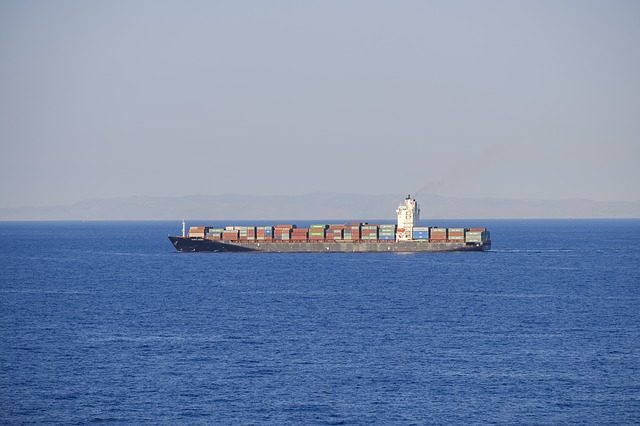Fearing a strike or slowdown at West Coast ports, importers are diverting cargo to ports along the East and Gulf Coasts as dockworker contract talks continue.

Ports along the East and Gulf Coasts are handling more cargo volume as importers divert shipments from the West Coast amid ongoing dockworker contract negotiations.
A contract between the Pacific Maritime Association (PMA) and the International Longshore and Warehouse Union (ILWU) expired last week, but both sides continue to talk, saying they want to avoid a strike or work slowdown that would further stress a U.S. economy plagued by inflation, record-high energy costs, and supply chain disruptions.
Although West Coast ports are operating as usual, the lack of a contract has shippers worried that that could change at any time, and trade is already shifting as a result. Ships are backed up from New York to Savannah, according to data from logistics software provider project44, which showed 34 ships waiting at Savannah as of July 6. The tech firm also said that combined average container capacity for New York and Savannah was 83% higher year-over-year in June, due primarily to rerouted cargo, and that congestion along the East Coast is building.
“The downside is that import containers are sitting, and vessels’ berthing time has become longer,” according to project44’s most recent Supply Chain Insights report. “Moreover, these long-dwelling import containers are tying up much-needed capacity and empties, preventing chassis from being utilized.”
Gulf Coast ports are feeling the effects as well, according to Spencer Shute, a senior consultant at procurement and supply chain consulting firm Proxima. He says ports along the Gulf Coast have seen considerable year-over-year volume increases, as shippers have already begun to divert cargo there. He said he expects the increases to continue, adding that neither the East Coast ports nor those along the Gulf Coast have the capacity to replace West Coast volume should a shutdown occur.
Ports from California to Washington state handle roughly 40% of all U.S. imports.
“The longer this goes on, the more likely [East Coast and Gulf Coast ports] are to see higher volumes,” Shute said, explaining that the lack of a contract means that workers are operating without a “no strike” clause, giving them leverage to reduce hours or stop work altogether. “That’s where a lot of the concern comes from, in terms of where they are [with the talks].”
Proxima advises clients on procurement, supply chain, and sustainability issues; Shute says much of his work recently has been focused on helping companies manage their supply chains as they shift to different ports, providing visibility into where shipments are, when they will arrive, and whether there are delays along the way.
“We’re really starting to look at lead times and making sure we understand what that looks like when they start to ship [to other regions],” he said.
Other issues are muddying the waters, chief among them California’s “AB 5” labor law, which requires companies to compensate certain independent contractors as full employees, a move that includes truck drivers. A recent Supreme Court decision lifted a stay that had kept the law from being applied to trucking, but now the industry will have to deal with the changes.
“A lot of truckers are independent contractors. [AB 5] directly affects them and could severely impact activity at the ports,” Shute said, noting that shippers are bracing for higher shipping rates, slower processing, and a potential lack of equipment and truckers if fewer independent drivers can operate in California. “Shippers are prepared for [rate] increases in that region, and they are prepared to move where they can to avoid it.”

